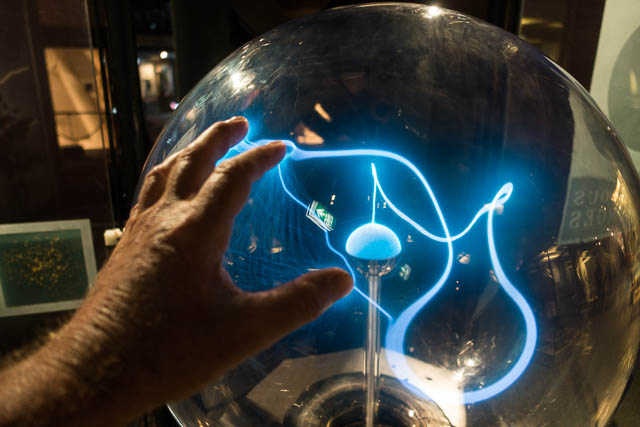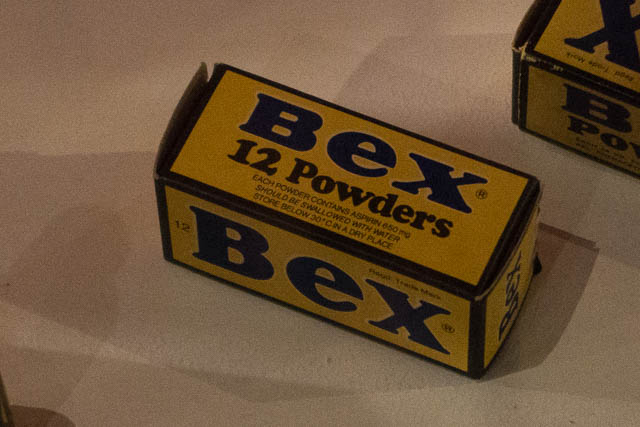It had been many years since I had visited the Powerhouse Museum, and thought it was about time see what had changed, and also to compare the museum to the huge Deutsch Museum in Munich which I spent two very full days in on a recent trip to Europe. Unfortunately there are current plans to close The Powerhouse Museum and sell the land to property developers. This is despite increased visitation.
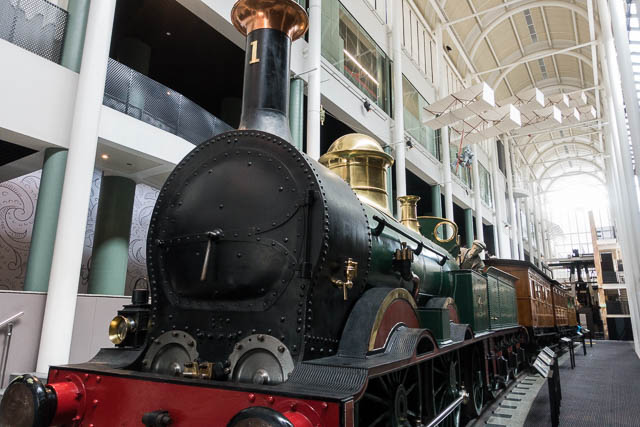
When I was young, I was a frequent visitor to the Museum of Applied Arts and Sciences, the predecessor to the Powerhouse Museum and located in an old building in Harris Street, not far from the present Powerhouse Museum. The old museum had many things to interest a young person interested in science and technology, andI think my favourite exhibits there were the computer that you could challenge to play O’s and X’s and the Planetarium. I also found all the cutaway motors quite fascinating.
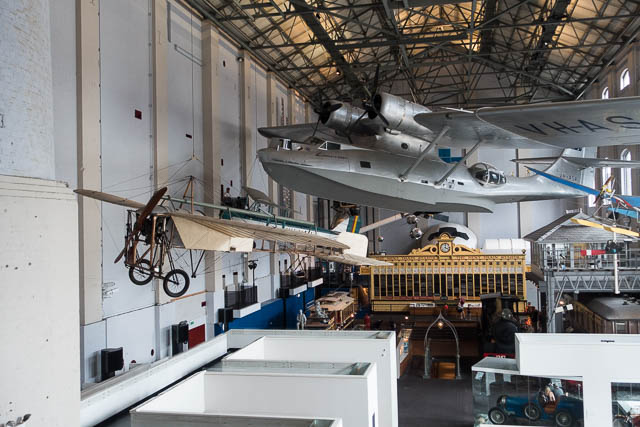
The old museum however, was housed in a building far too small for it collection, and it was good to see it moved to much larger premises, a short distance down the road, in the newly refurbished old Ultimo Powerhouse. I think the move took place under the Neville Wran government. I also seem to remember the new building being highly regarded architecturally. It had large halls able to house aircraft and large industrial steam engines and many other things. It also had a mini – Exploratorium like section in a basement, with a lot of hands on interactive exhibits. Great stuff!
On this visit, as I entered the museum, the first thing I noticed was a steam locomotive in the foyer. It was Locomotive Number 1 – the first locomotive used in NSW. It looked in very good condition. Just past this was the large Boulton-Watt steam engine which I believe is the old still operating rotary steam engine in the world. Even though the engine was not running on the day of my visit, it is a very good lesson in engineering just to see and study it. It features some of the key inventions of James Watt – an external condenser, reciprocating cylinder, a mechanical governor to control the steam pressure and hence the engine’s speed and a planetary gear on the output shaft. The latter invention was used to avoid a patent infringement of using the more usual crankshaft.
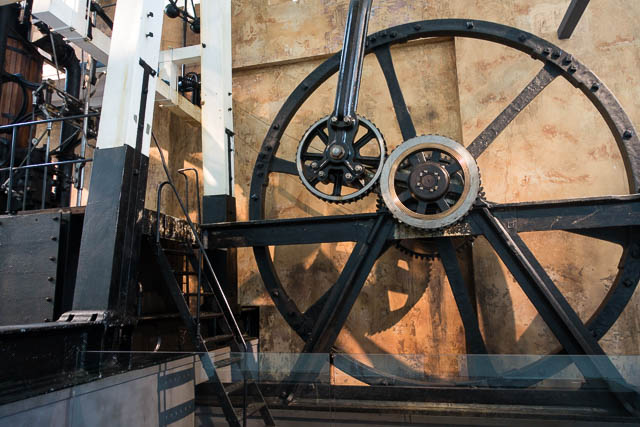
Next to the Boulton-Watt steam engine was the Strasburg Clock, one of two exhibits I can recall from the old Museum of Applied Arts and Sciences. The clock is huge with a lot of fancy mechanisms and still seems to be fully working.
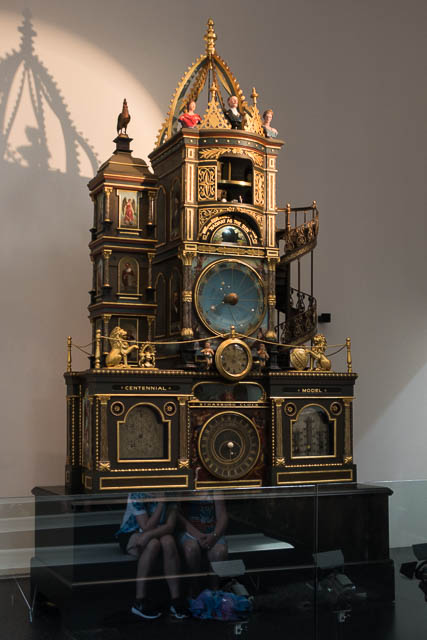
I then continued down to the Steam Hall and saw a lot more steam engines and steam technology. All seemed to be well preserved, but it would have been nice to see some engines actually working.
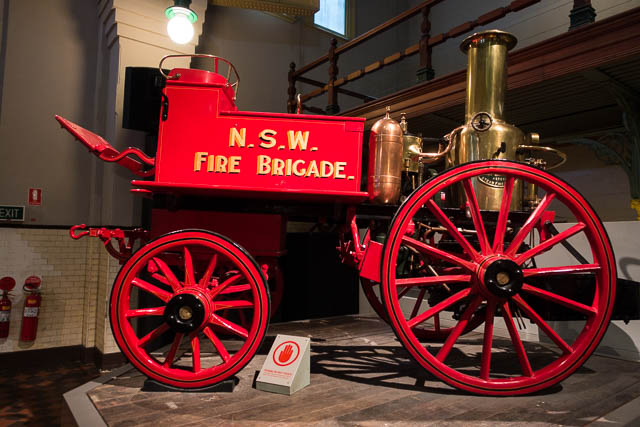
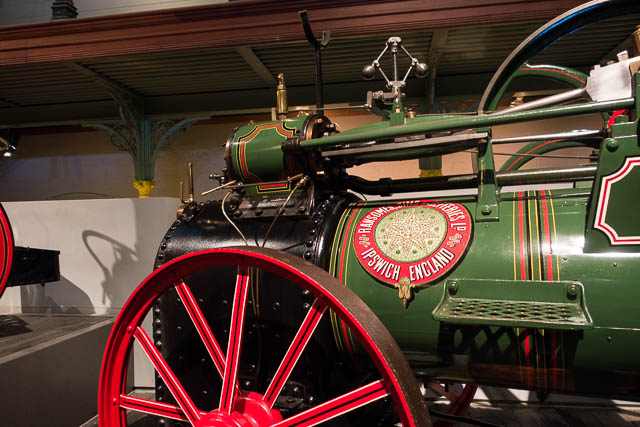
The Space section, was very similar to what I remembered from a previous visit. The Transport section, next to it seemed new to me and was quite interesting. Next to that was the computer section which was quite interesting. The highlife perhaps was seeing an original Apple 1 computer. I also thought the comparison between the Apple designs and the Braun designs of the 50’s and 60’s quite remarkable.
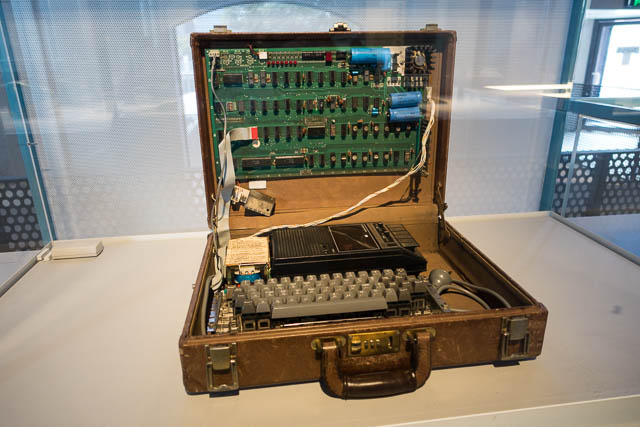
Apple 1 Computer
There were quite a few other sections I visited devoted to war technology and fine arts. I also had a quick look through the experimental – hands on section. It was full of children and their parents -as it should be. I did not go into the special exhibitions devoted to the Wiggles or fashion.
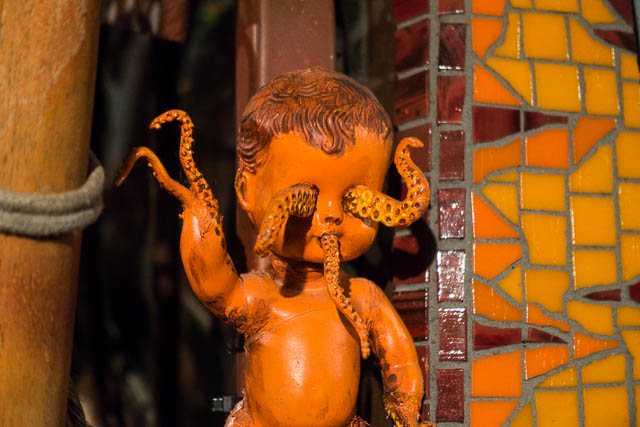
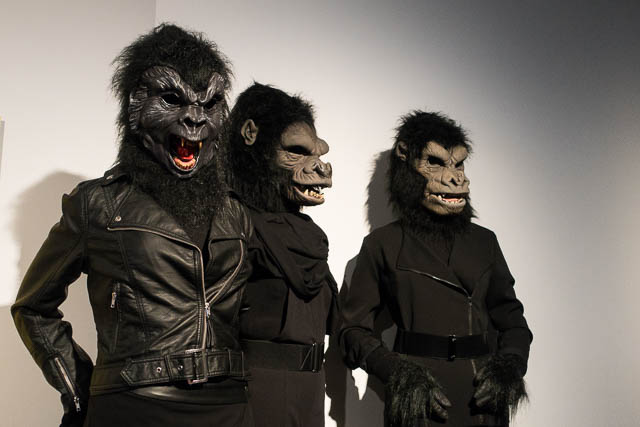
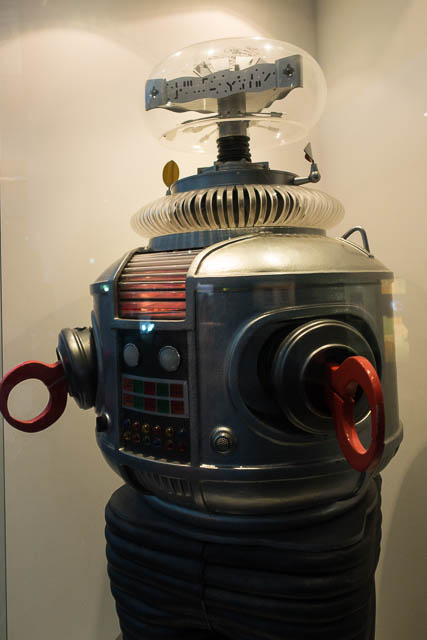
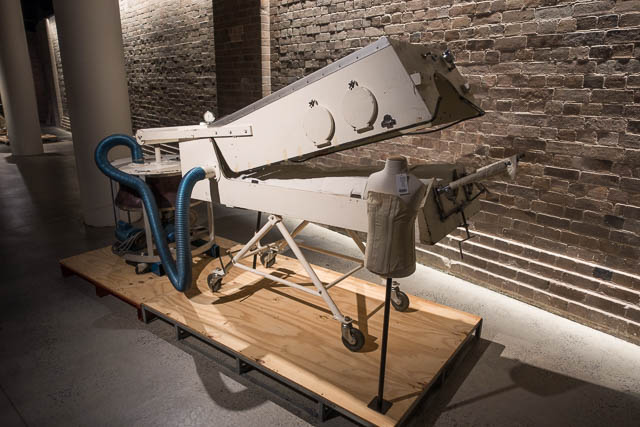
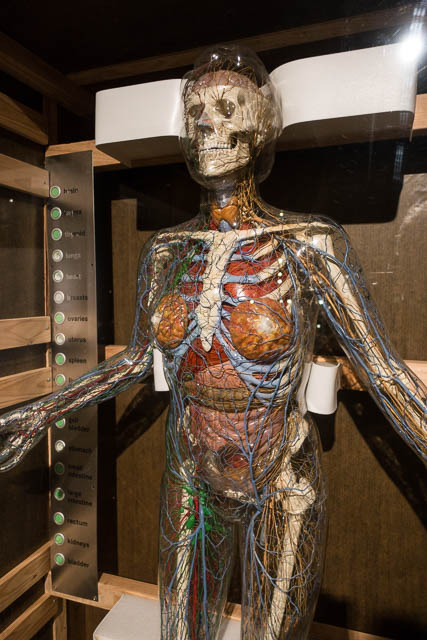
I think it would be a great shame if this museum was to shut its doors. There are plans for it to close and to reopen in some form at Parramatta. A new technical museum or interactive science centre at Parramatta is a worthwhile idea, but it should not be at the cost of shutting the Powerhouse. Why not both? There is a Facebook page devoted to saving the museum.
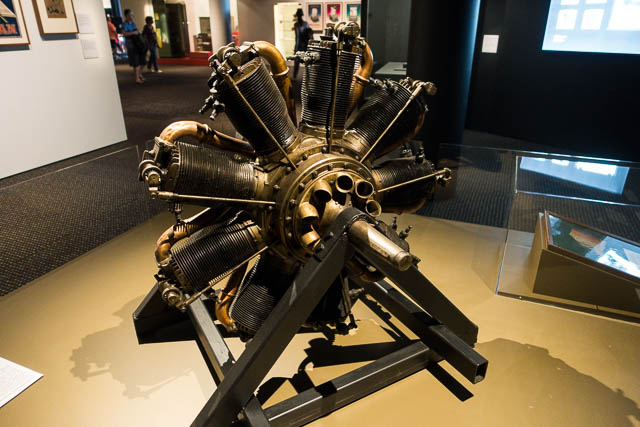
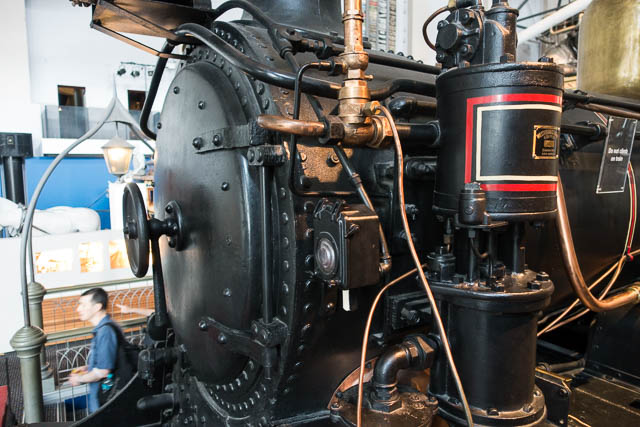
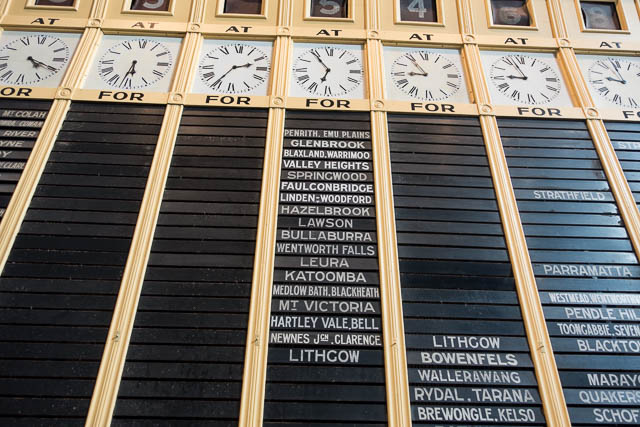
How does the Powerhouse Museum compare the the Deutsches Museum, the largest science and technology museum in the world? The Powerhouse is much smaller but does have some similarities with its huge motors and aircraft strung up from the ceiling. As well as technology, it also covers fine arts such as fashion and comics. The experimental – hands on science section is much smaller than for example what is found in the Exploratorium in San Francisco. I have not visited Questicon in Canberra.
